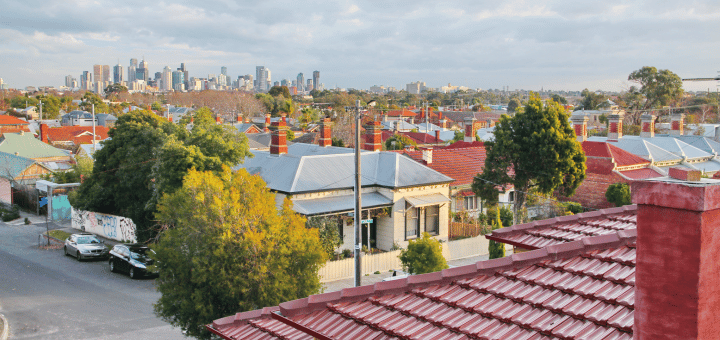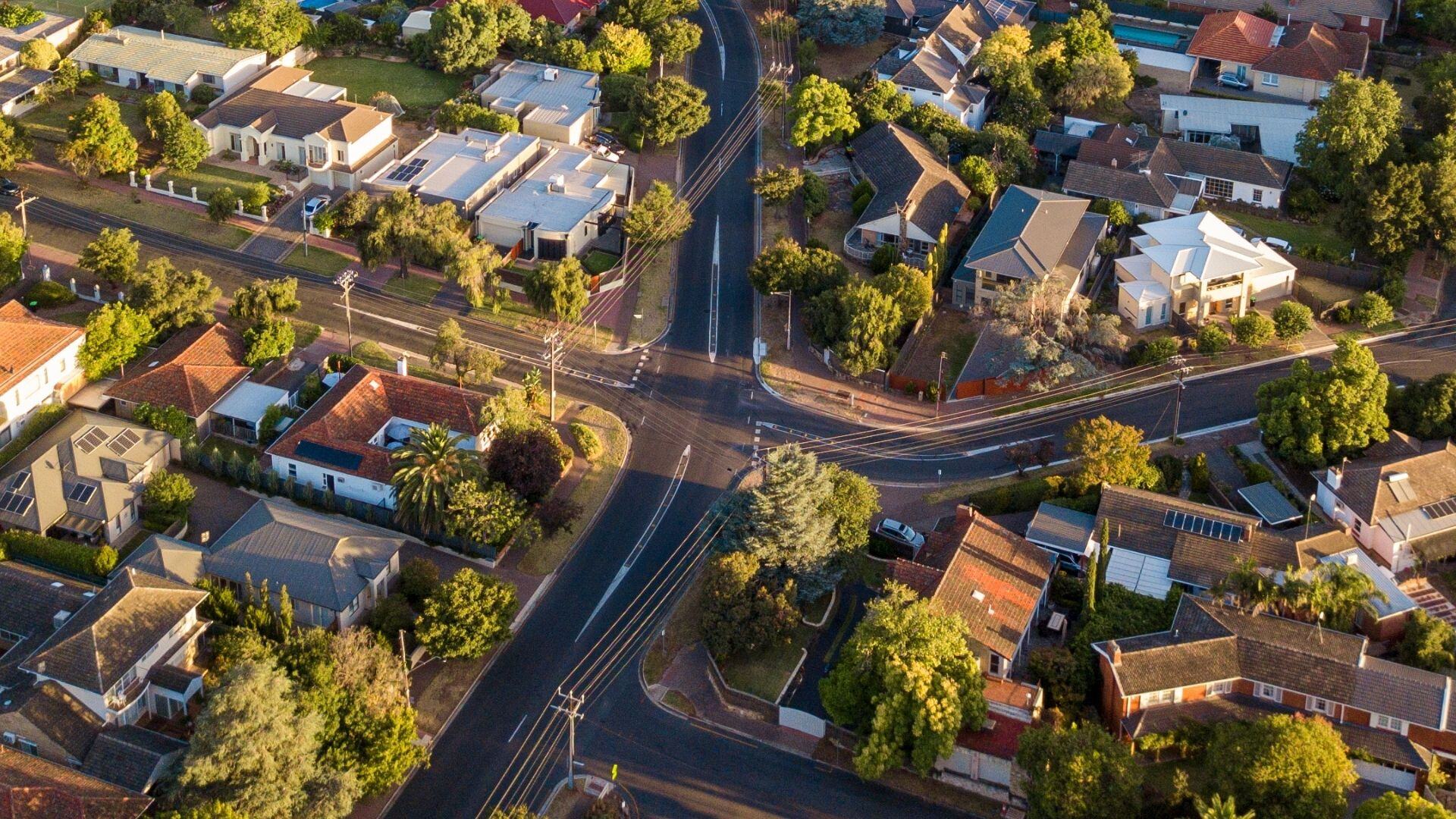Following on from our recent post about housing affordability in Regional Australia, this case study focuses on a regional municipality experiencing increasing property prices. What does this mean regarding affordability in the area? How can we understand, quantify, anticipate and influence housing affordability at the local level?
Bass Coast Shire is located in south-eastern Victoria, about 130 kilometres south-east of central Melbourne. The Shire encompasses extensive waterlines and is home to Phillip Island, located to the west of the mainland at the entrance to Westernport Bay. The settlement pattern in Bass Coast Shire is largely rural in nature. It includes a large regional centre – Wonthaggi – and smaller townships at Cowes (on Phillip Island) and Inverloch (on the southern coastline). Most settlements are small and reflect their role as coastal or agricultural villages. As the regional centre, Wonthaggi is the main source of employment with significant health, community service, education, tourism and manufacturing functions. Many of the coastal villages, particularly on Phillip Island, are characterised by large numbers of holiday and second homes and, as a result, have high vacancy rates.
Migration patterns and property prices
Traditional internal migration patterns to and from Bass Coast Shire are gains of families with children and older empty-nesters/retirees from Greater Melbourne or nearby municipalities such as South Gippsland or Baw Baw. However, these in-migration flows are countered by a loss of young adults aged 18-24 years to larger urban centres.
The dual-housing market in Bass Coast Shire (attracting families and retirees) has resulted in different parts of the Shire attracting a diverse age cohort of arrivals. Phillip Island, San Remo and Inverloch are prime destinations for retirees; the regional centre of Wonthaggi is more attractive to families due to the availability of employment, education and other services typically needed by families. Some westernport townships, such as Grantville, are slowly coming under increasing pressure for residential development, in common with highway towns in nearby Cardinia Shire.
In the past few years, net movement of residents from Greater Melbourne to Bass Coast has increased. In 2019-2020 (year ending 30 June 2020), Bass Coast had a net gain of 1,091 residents from Greater Melbourne. This is higher than the average annual net gain of 892 residents per annum three years prior. Overall, migration pattern trends to and from Bass Coast Shire have shown a slight increase in number of arrivals but a notable decrease in the number of departures, especially in 2020.
This consistent rate of new arrivals met with a sudden decrease in departures from Bass Coast has put pressure on the housing market and housing affordability. As seen in the chart below, median house values in Bass Coast have been increasing at a higher rate than Regional Victoria, but both experienced a sudden jump between June and December 2020. Unit values (apartments, townhouses, semi-attached dwellings) are lower than houses, typical in most places. However in regional areas, even with units being more affordable, the volume of units available for purchase or rent is low because most of the housing stock available are separate, stand-alone houses.
Monitoring housing affordability
In Bass Coast Shire, the median house price increased by 10.6% between December 2019 and 2020 and now stands at $544,000. The proportion of housing sales affordable to very-low, low- and moderate-income households is decreasing, as illustrated in the charts below. In the two years since December 2018, the proportion of sales affordable to moderate-income households (defined here) decreased from 47.8% to 33.6%, meaning that in December 2020, only a third of all sales were affordable to moderate-income households and only 5.8% were affordable to low-income households.

The proportion of property sales in Bass Coast Shire affordable to very-low, low- and moderate-income households, Dec 2018-2020 as shown in the Bass Coast Housing Monitor
Rental affordability in Bass Coast Shire has also become an issue, with the most recent data showing a jump in median rental listing prices between June and December 2020 (20% increase for house rentals and 6% increase for units). In December 2020, only 5.2% of all rental listings were affordable to low-income households, dropping from 20.7% in 2018.
When both housing options (purchase and rental) become unaffordable to residents, housing affordability becomes a problem. Residents and key workers who cannot afford to live somewhere find themselves with no option but to leave the area in search of more affordable housing elsewhere resulting in employment and economic instability for regional communities. ABC News ran a story a couple of weeks ago which discussed this very topic - "How locals are being priced out by the regional housing boom".

The proportion of rental listings in Bass Coast Shire affordable to very-low, low and moderate-income households, 2018-2020 as shown in the Bass Coast Housing Monitor
Using the Housing Monitor to understand changes to housing affordability
As a subscriber to .id's Housing Monitor (housing.id) tool, planners and decision-makers at Bass Coast Shire Council have ready access to a range of data about the local housing situation. They are able to assess the availability of affordable housing to its residents, how affordability is defined for different household types and how much affordable housing there is to purchase or rent in Bass Coast Shire.
This video takes you through using the Housing Monitor to measure, compare and understand housing affordability in an LGA. The different analysis modules shown enable you to visualise changes in property prices and understand those changes from the perspective of affordable housing.
The outputs shown in this demonstration enable Local Government strategic planners to accurately and objectively describe the housing affordability challenges an LGA is experiencing. This clarity is a powerful tool to advocate for state and federal government investment and provision of affordable housing.
Need help with your local housing evidence base and strategy? Start a conversation: housing@id.com.au











